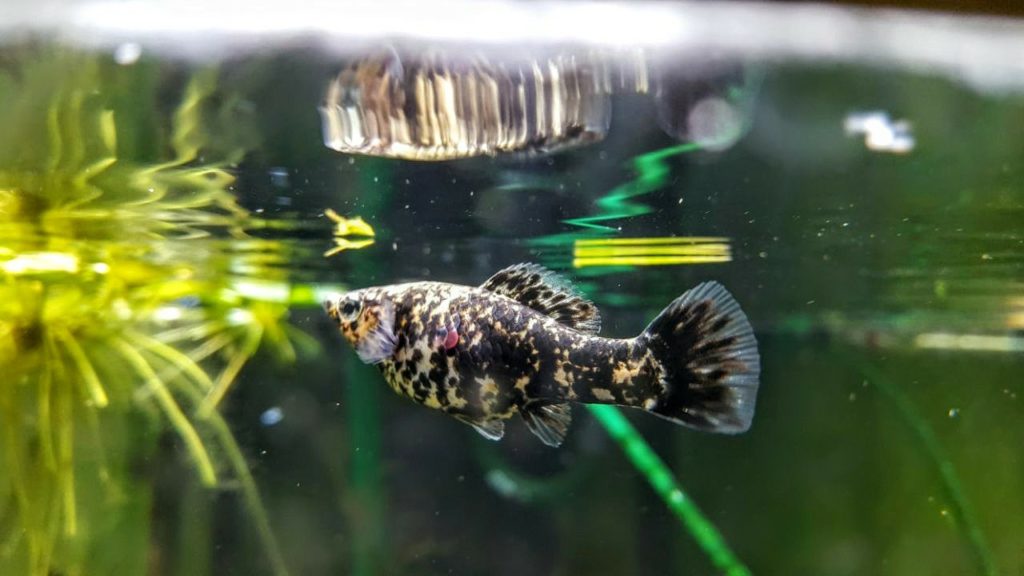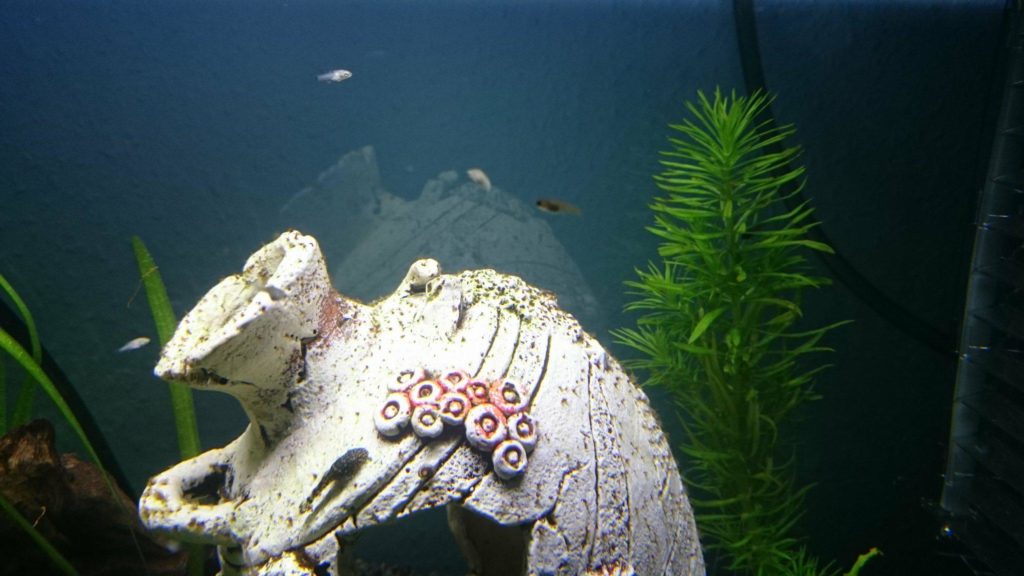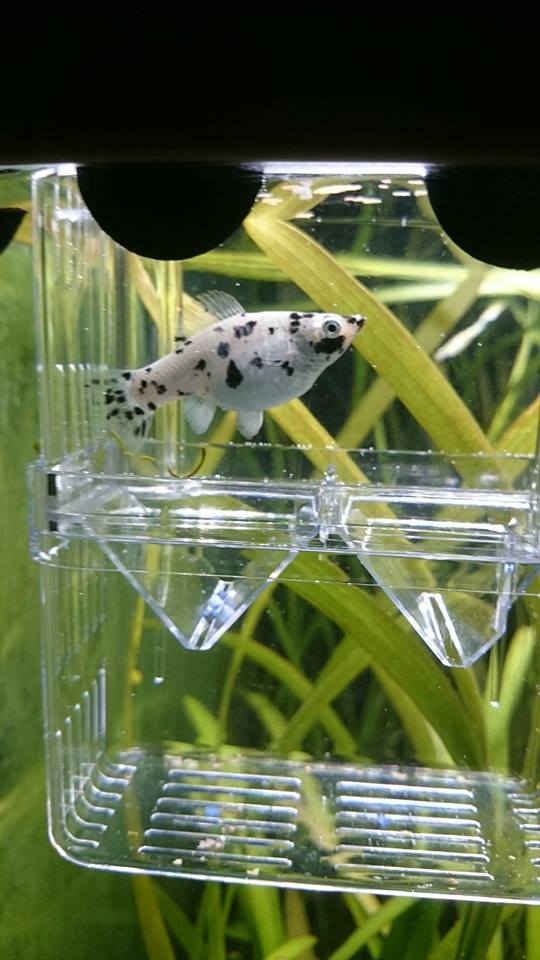Black Molly, Silver Marble Molly, Gold Powder Molly, Silver Molly and many more of the well-known blackfin fish can be found in domestic freshwater aquariums. Especially in community aquariums feed these brightly colored viviparous ornamental fish. Today we present everything you need to know about Molly's ornamental fish. Profile, attitude and breeding are also highlighted. So we add another fish to the group of viviparous fish like that guppy or also that platy.
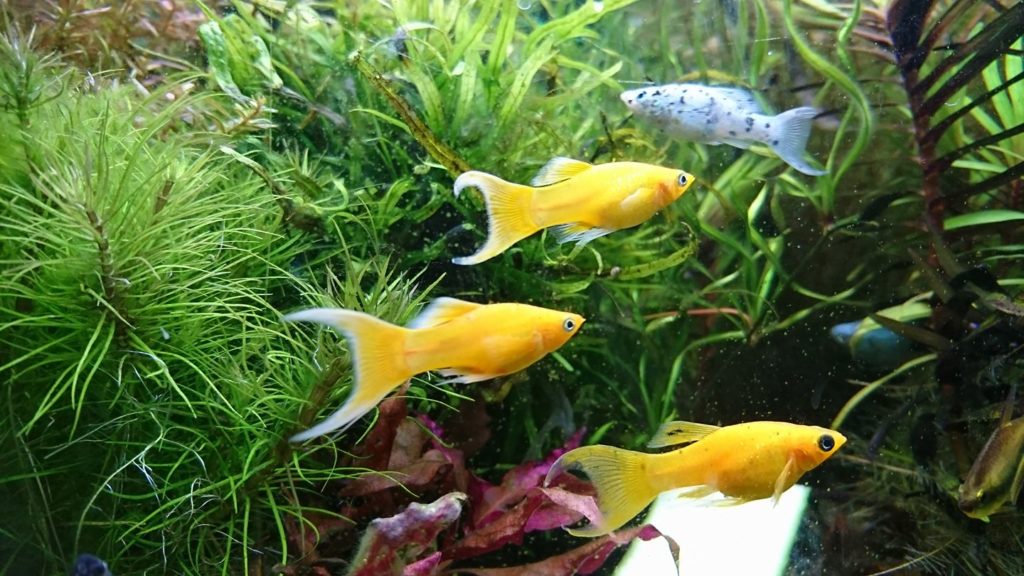
origin and distribution
As always, we would like to start with the origin of the Mollys. Blackfin fish, also known in Latin as Poecilia sphenops, are found in freshwater as well as in seawater and brackish water. They have their large distribution area in the area from Colombia to Venezuela. The animals can also be found in Mexico. Various reports have also been read about Mollys in our latitudes. Especially in areas where the water is particularly warm. However, this is not their natural occurrence. It is assumed that we aquarists brought these animals here. The reason is mostly one releasing the fish, which of course should be avoided at all costs.
Appearance and breeding forms of Molly
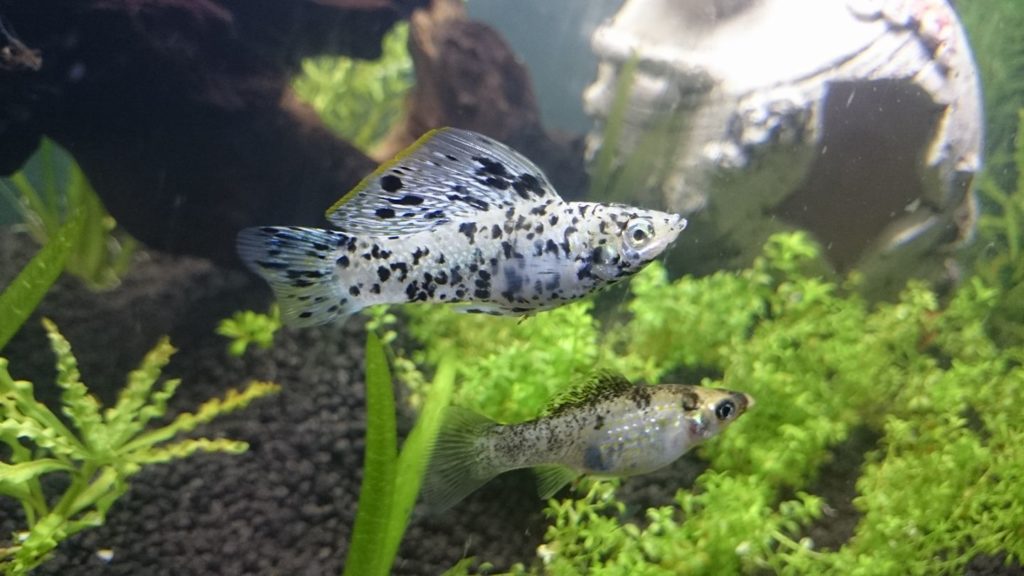 The aquarists are particularly impressed by their diversity. This is certainly one of the reasons why these fish are found in large numbers in our aquariums. In the meantime, many cultivated forms have spread. Be it the already mentioned Black Molly, Silver Marble Molly, Goldpuder Molly, Silbermolly, but also Black Molly Lydra with a special tail or Diamond Mollys, Gold Schwarz Mollys Goldpudermolly, just to name a few breeding forms and color variants. The selection and variety is quite large.
The aquarists are particularly impressed by their diversity. This is certainly one of the reasons why these fish are found in large numbers in our aquariums. In the meantime, many cultivated forms have spread. Be it the already mentioned Black Molly, Silver Marble Molly, Goldpuder Molly, Silbermolly, but also Black Molly Lydra with a special tail or Diamond Mollys, Gold Schwarz Mollys Goldpudermolly, just to name a few breeding forms and color variants. The selection and variety is quite large.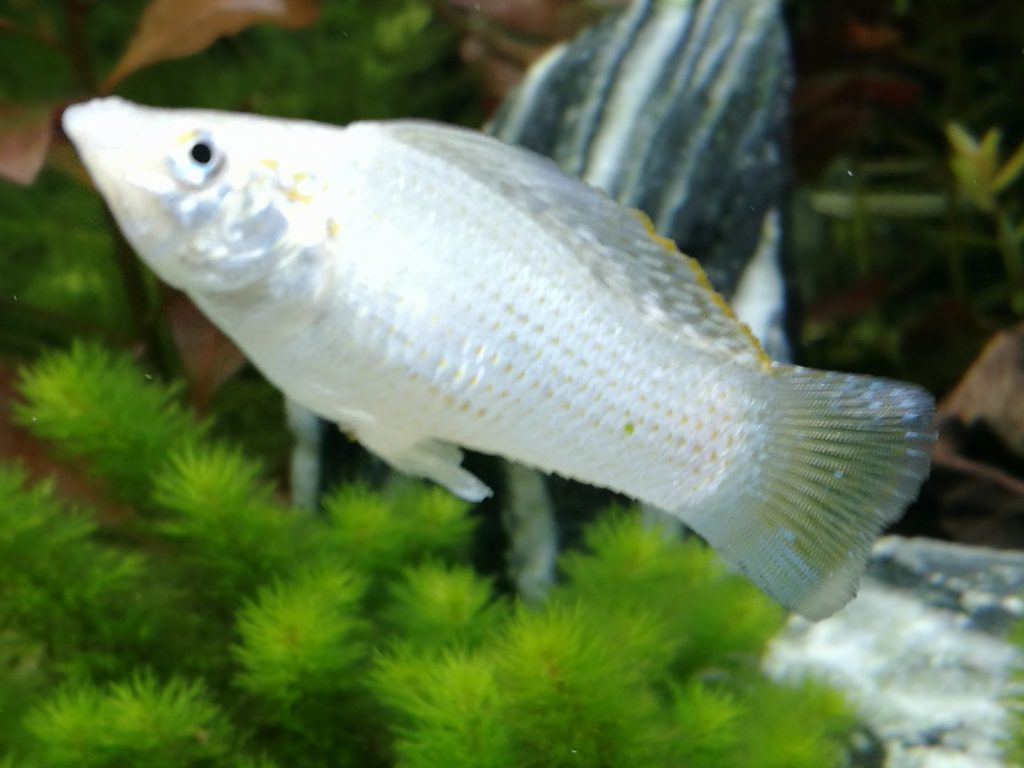
The blackfin fish can grow up to 10 centimeters. He has a particularly elongated physique. However, only females will usually reach these 10 cm, because they are much larger than the males. There one assumes a maximum body length of around 6 cm. Another distinguishing feature between males and females is the male's gonopodium, which is used for the sexual act. In addition, the female is usually not only longer, but also fuller in physique.
As the name already suggests, the head of the blackfin fish is quite pointed. The shape of the fins is not the same in the different species and genera and is differentiated above all in the different breeding forms. The dorsal fins are assumed to be 8 to 9 in freshwater. In the saltwater populations, there are two more.
eating behavior and lifestyle
Let's get to feeding the animals. Basically, you can also speak of omnivores here, because they are quite undemanding when it comes to food. In addition to various plant substances, the animals also eat live food such as crustaceans and insects. Of course, they also eat all sorts of dry food and flake food. Here, too, you should make sure that the diet is balanced. Vitamin-rich food is particularly important so that their colorful splendor is well expressed.
But above all, Molly seems to want to attack the algae in the aquarium. It is therefore often referred to as a good algae eater, although you have to be careful about the type of algae it is dealing with. Not all species are on the menu for the blackfin fish. Nevertheless, a molly can ensure less algae in the aquarium right from the start. Certainly one of the reasons why this fish is so popular.
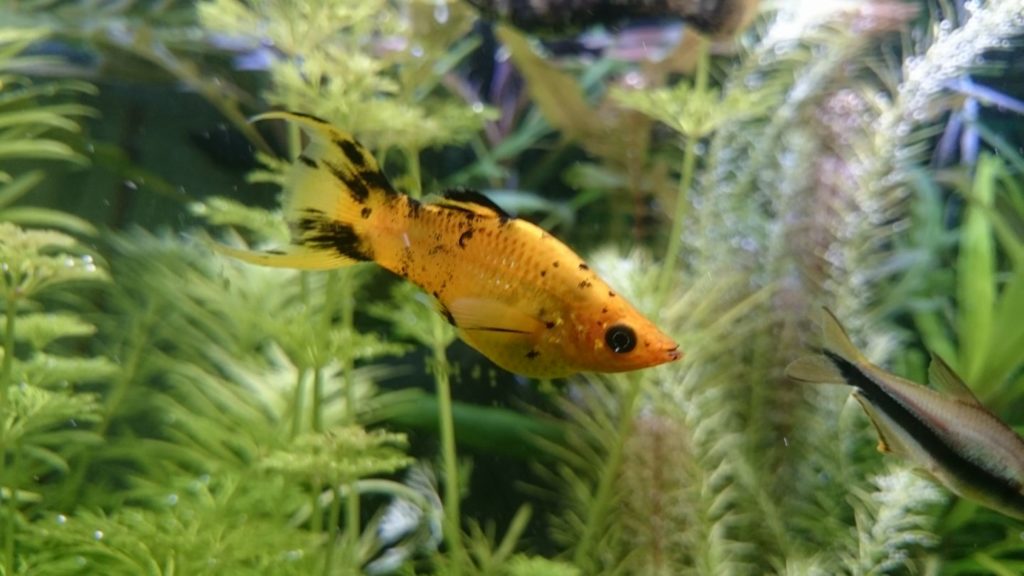
water conditions and attitude
In terms of keeping, the blackfin fish makes only few demands on our aquarium water. However, one thing should always be kept in mind and, unfortunately, one often sees big mistakes here. Again and again the mollies are kept in tanks with 54 or 60 liters of water. The fish are simply too big with their around 10 cm and you should not insert and hold the fish with an edge length of less than 80 cm. This must be taken into account. Of course, a pool with a water content of 200 liters or more is better.
When it comes to temperatures, you should make sure that they don't drop below 20 degrees and don't have much more than 28 degrees. The PH value is also rather uncritical and can be set from 7 to 8,5. The water hardness is also not a problem.
However, the Black Molly is more sensitive to water temperature. They usually do not tolerate temperatures below 25 degrees, which should be considered.
In matters socialization with other animals, there are few problems as Molly are extremely peaceful.
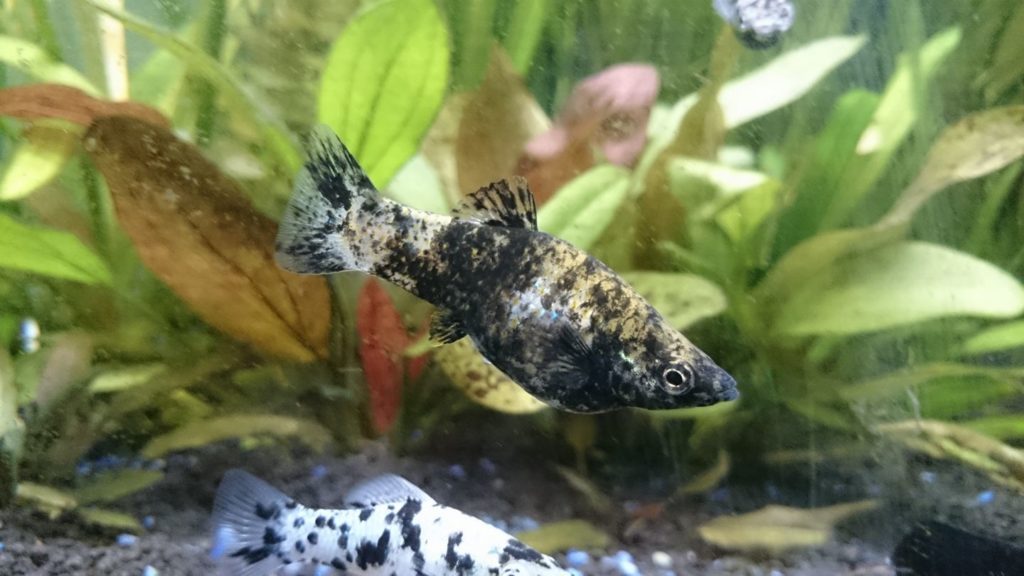
Let's summarize the most important things again:
- Temperatures of 20 - 28 degrees
- Black Molly rather warmer temperatures
- PH value of 7 - 8,5 peaceful fish
- socialization possible
- Viviparous aquariums from 80 cm edge length
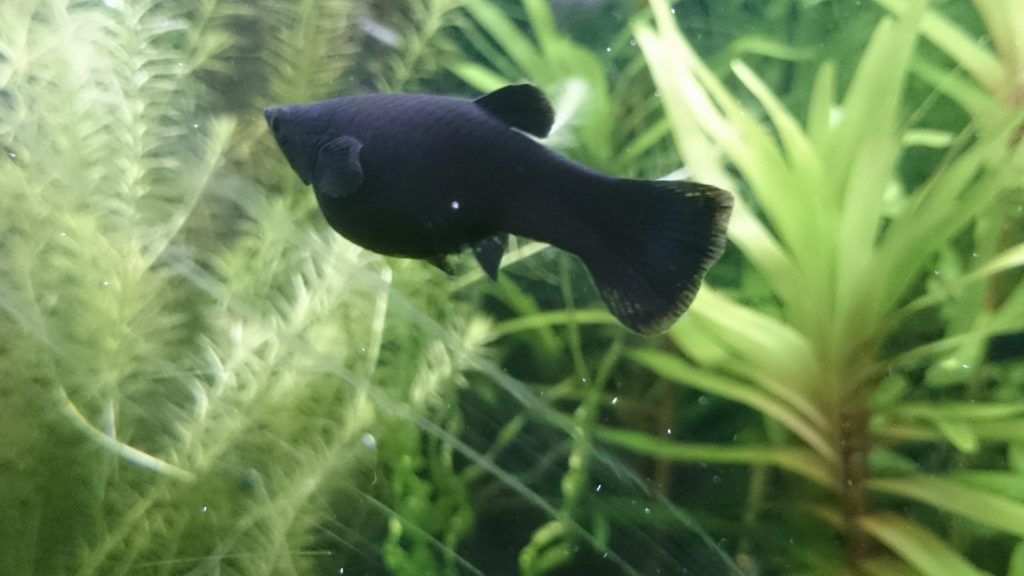
Peculiarities of the black cultivated forms
Before we go into breeding, a word about the special breeding forms, especially the black Mollys. They are particularly susceptible to fish diseases. We have already had some experience with this. Be it with an infection of white spot disease or with abdominal dropsy. Therefore, when keeping these animals, care should be taken to ensure that they experience as little stress as possible.
Breeding of the blackfin fish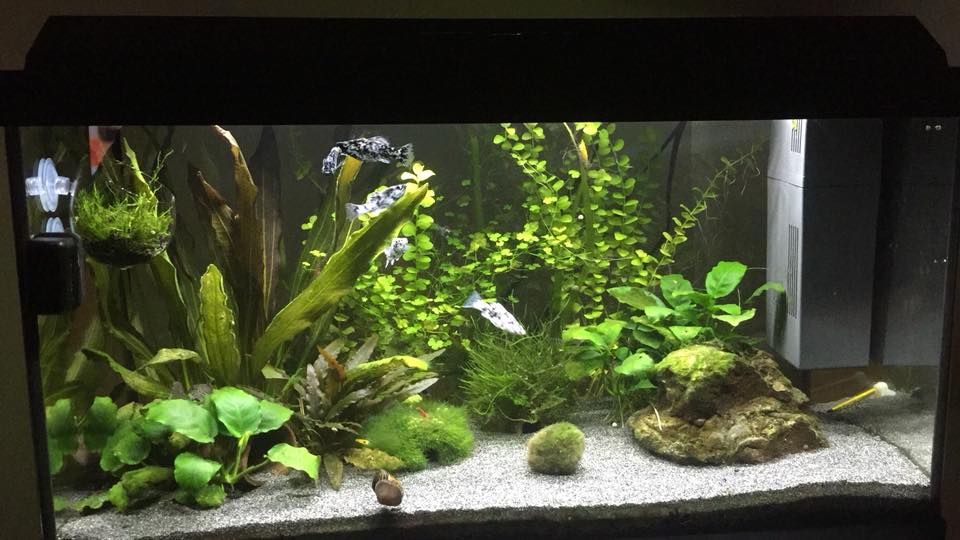
Molly breeding is fairly easy and even in a community aquarium it can happen that youngsters can survive. Of course, one should pay particular attention to a suitable living space. This includes above all floating plants in the pool and good water hygiene, which you can also do with sufficient Water change reached. If you have created the necessary conditions, then you will be able to breed Mollys quite easily.
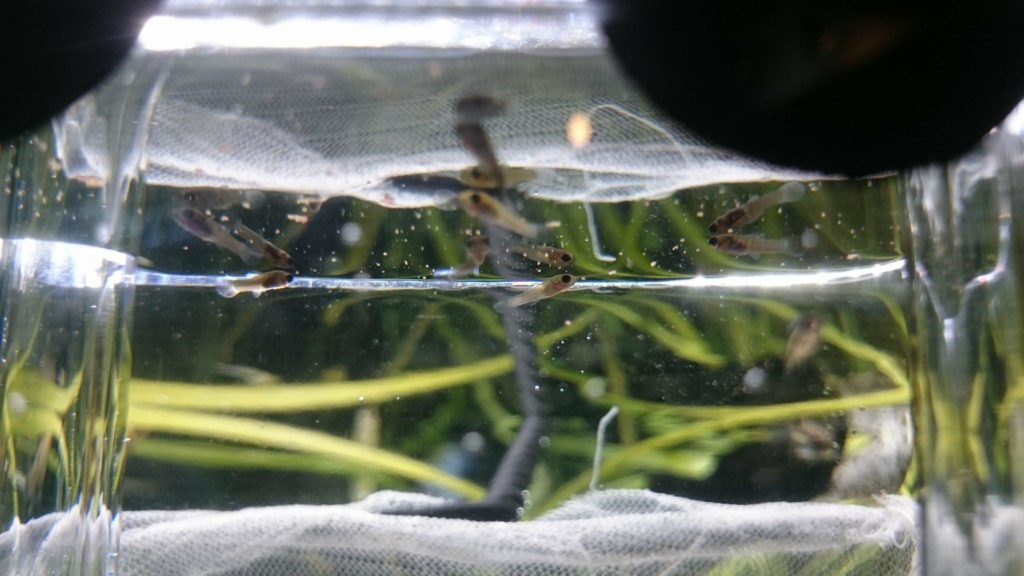 The gestation period of the animals is usually only a maximum of 26 to 35 days. As the name of the viviparous already suggests, the young are also brought into the world alive. The young animals are then usually brought into the world with about six millimeters. Up to 80 young can be born in one litter. However, the parents can also adjust the young animals accordingly, especially if the feeding is not balanced. We therefore recommend rearing in a separate tank.
The gestation period of the animals is usually only a maximum of 26 to 35 days. As the name of the viviparous already suggests, the young are also brought into the world alive. The young animals are then usually brought into the world with about six millimeters. Up to 80 young can be born in one litter. However, the parents can also adjust the young animals accordingly, especially if the feeding is not balanced. We therefore recommend rearing in a separate tank.
From the start, the young animals eat microorganisms and also special rearing food.
We always attached some pictures of the animals. Molly are a real eye-catcher in many community aquariums.
Thanks for the pictures to the group members https://www.facebook.com/groups/Aquaristik/permalink/1742272592476708/
